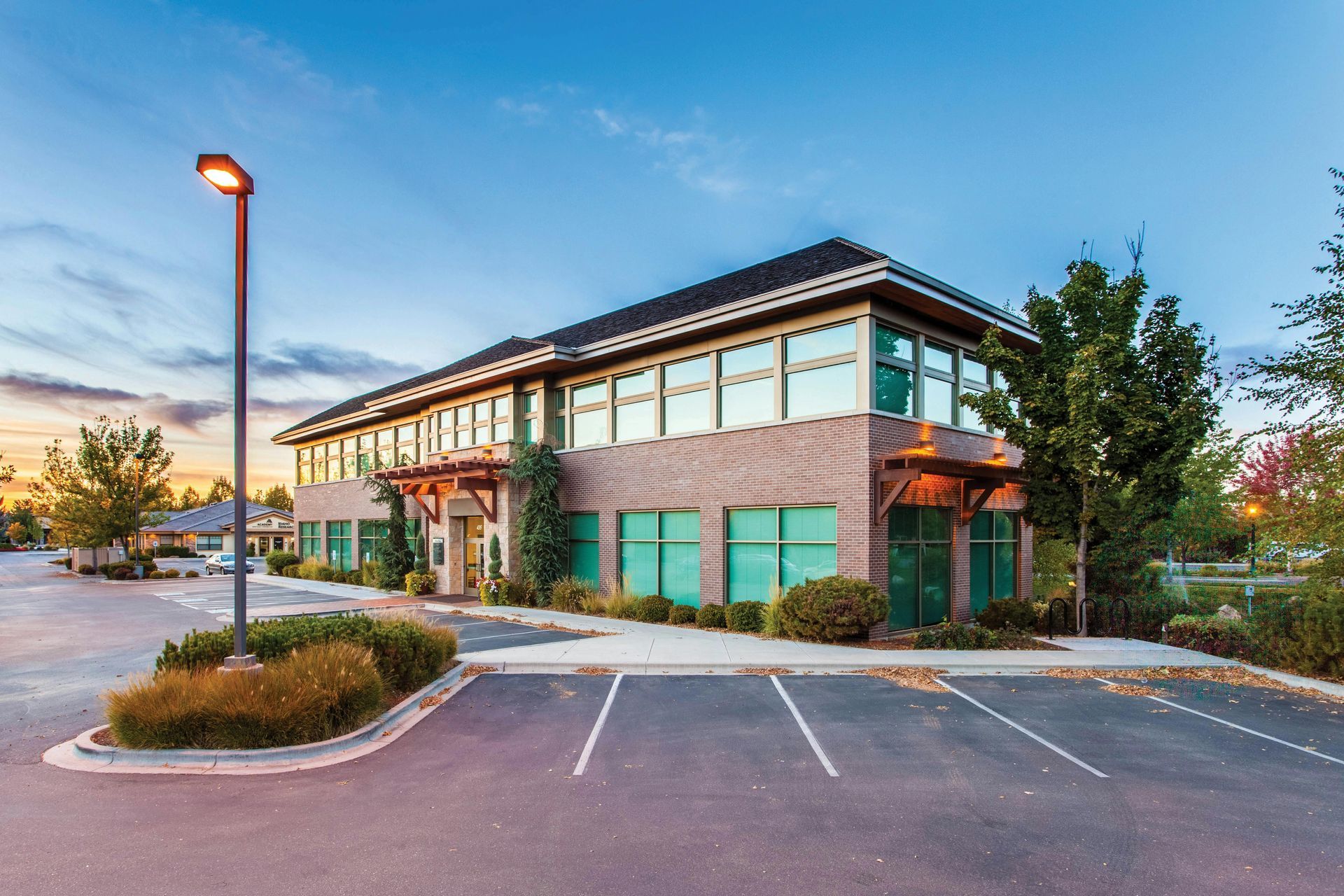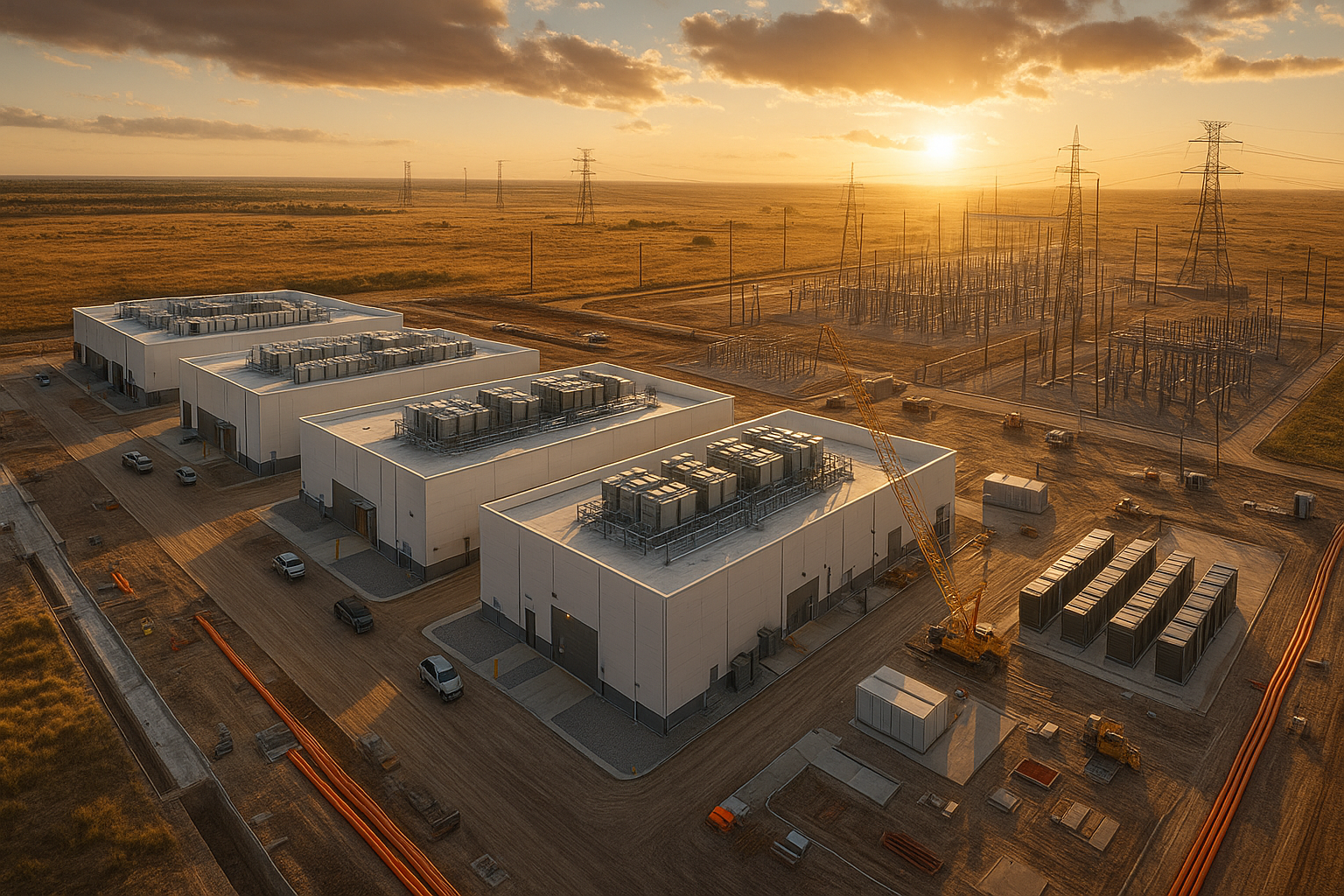May 9, 2023
In recent years, cities across the state of Texas are striving to create more sustainable communities to support rapid growth. One way that they are doing this is through mixed-use developments. These projects offer a fusion of modern living and business opportunities to provide residents with the utmost convenience. Texas showcases an impressive array of mixed-use properties with more on the way.
You might be asking yourself, though… Is it worth it to incorporate mixed-use development into your portfolio? Like with any investment, there are potential challenges and successes that you need to weigh. We are going to dig into what to expect when you get into the mixed-use property game.
TYPES OF MIXED-USE PROPERTIES
The term “mixed-use properties” refers to a wide range of community real estate development projects. Across the state of Texas, they vary in shape, size, and scale depending on a development’s needs. A mixed-use development may combine commercial, industrial, recreational, medical, and housing spaces.
Vertical Mixed-Use Developments
Vertical mixed-use developments are typically high-rise buildings. These buildings offer a diverse range of services and activities, coexisting in a compact urban setting. More public uses can be found on the lower floor (such as restaurants or retail shops), while the upper floors are for more private uses (such as residential units or office spaces). The vertical nature of these mixed-use properties optimizes land use, allowing for the efficient use of space in areas with limited availability.
Horizontal Mixed-Use Developments
Opposite to their vertical counterpart, horizontal mixed-use developments are able to disperse various functions across a larger area. They are designed to be an interconnected environment that is easily walkable. Within a given development project, different buildings or parcels of land are allocated for different uses. Similar to vertical mixed-use developments, these uses may include both commercial and residential. Horizontal mixed-use properties also often feature a focal point known as a town square, which serves community activities.
Main Street
Another type of walkable development, main street mixed-use properties support locally-owned businesses and create a sense of place. This model features businesses on the ground floor, and apartments and condos on the higher floors. Main street developments contribute to the revitalization of cities. They attract customers and residents in order to foster a thriving local economy, the growth of small businesses, and a more lively atmosphere. Because main street areas also typically have historic significance, mixed-use properties help preserve their unique character.
Shopping Mall Conversion
Also known as department conversions, shopping mall conversions are similarly executed to have multiple different types of uses on the same property. Where this mixed-use property differs is its intended push-back against the rise of e-commerce. With traditional shopping malls going obsolete in the modern day, this development offers a way to gain the most out of the location. Texas has overseen the conversion of many vacated shopping malls in favor of a property that can compete with e-commerce giants like Amazon.
ADVANTAGES OF MIXED-USE PROPERTIES
Although the idea of mixed-use properties is far from new, they are being adopted more and more in recent years, throughout the nation. Instead of designing and building independent systems, we are able to consolidate infrastructure and operations. That is precisely why expert Texas brokers recognize these benefits:
Diversified Revenue Streams
Because mixed-use properties combine different uses within a single development, they represent multiple potential revenue sources. This includes rent from commercial spaces and residential units. From a commercial perspective, some specific examples might be office spaces, fitness facilities, and retail stores. On the other hand, regarding retail, a mixed-use development may have apartments, condominiums, or townhomes. As an investor, you won’t have to worry about the risks that come with relying solely on one type of tenant.
Sense of Community
Physical proximity encourages the formation of social connections. Therefore, with mixed-use properties, residents, employees, and visitors who are sharing common spaces have a greater opportunity for encounters. Having common gathering areas for community events or shared amenities also helps with this. Ultimately, diverse individuals are able to come together throughout the day to engage in numerous activities.
Sustainable Real Estate
Having a walkable development is a great way to make things more convenient. People living in or around the development are able to easily access amenities, services, and employment opportunities. This reduces our vehicular dependency because so many things are right around the corner. That translates into a reduction in traffic congestion, along with an improvement in air quality. If a mixed-use development was constructed with energy efficiency in mind, that sustainability increases tenfold.
Maximizing Land Use
Given that mixed-use properties combine multiple functions within a single development, they enable higher density. They also optimize land use by sharing common areas and parking facilities. In urban areas that already have limited land availability, this is especially impactful. That is why you will find so many multi-story buildings when you go to a downtown area.
DISADVANTAGES OF MIXED-USE PROPERTIES
Of course, mixed-use properties might not be the right fit for everyone. The development could be hampered by a multitude of barriers, including municipal zoning rules. But outside of local statutes that can take a long time to change, here are some areas where mixed-use properties are lacking:
Costs and Financing
If you were to construct your own mixed-use development, know that there is a lot of complex planning and design that goes into it, compared to single-use developments. And when it comes to the investment of these properties, a higher upfront cost is to be expected. This means that mixed-use properties are more challenging to finance.
Limited Adaptability
It is challenging to modify a mixed-use property once it has been developed. The design of the property limits flexibility, so you will need to find tenants that meet the exact specifications of the space. Adapting a mixed-use development is a costly endeavor because it could involve substantial investments in renovations. How financially feasible these renovations are depends on market conditions.
Market Fluctuations
Real estate is already a volatile market. But with mixed-used properties, in particular, there is exposure to market fluctuations in multiple sectors. The property’s performance can be impacted by shifts in consumer preferences and economic conditions. With that in mind, investors must carefully assess market conditions to determine who the best tenants will be. By diversifying your tenant mix, you put yourself at reduced risk.
Complexity of Management
Because you will be handling a diverse range of tenants, you need to be able to meet their respective needs. With different lease agreements and operational considerations, there is a lot for you to keep up with. Compared to single-use properties, investing in mixed-use properties is time-consuming. It is a great idea to hire a professional real estate broker to ensure that everything is in check.
You need someone by your side who understands your budget and business needs. For decades, Commercial Industrial Properties has been an integral part of Texas’s growth, working with businesses to locate property options priced within a target investment range. Whether you are in need of tenant services or asset management, our professional commercial brokers can be your guiding hand. We are well-versed, in particular, in mixed-use properties. Contact us today to learn more about what CIP can do for you.



